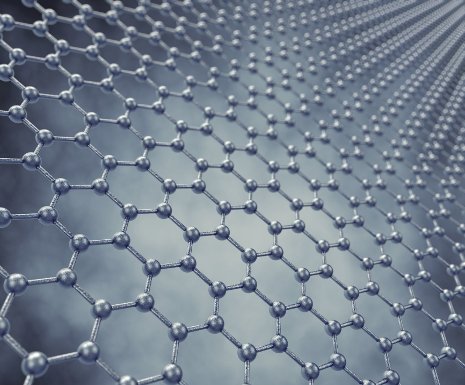A team of material scientists at the Michigan Technological University has discovered that graphene can improve the conversion efficiency of next-generation photovoltaic cells.
 Graphene
Graphene
Graphene is a two-dimensional nanomaterial with superior properties. Yun Hang Hu, one of the researchers, informed that graphene’s high electrical conductivity makes it a crucial element to develop future generation solar panels.
Rare or high-cost materials are not required to produce dye-sensitized solar cells. Hence, dye-sensitized solar cells are more cost-effective when compared to solar cells composed of thin-film and silicon technologies. However, their light conversion efficiency to produce electricity is lower than that of conventional solar cells.
In dye-sensitized solar cells, electrons in the dye are knocked by photons into a thin titanium dioxide layer, which then transfers the electrons to the anode. The research team discovered that the addition of graphene augmented the conductivity of titanium dioxide, thus increasing the electricity production by 52.4%. Hu explained that graphene’s superior electrical conductivity enables it function as bridges, thus speeding up electron transfer between the titanium dioxide and the photoelectrode.
Hu’s team also devised a comparatively foolproof technique to synthesize titanium dioxide sheets embedded with the nanomaterial. The team first created a graphite oxide powder and then formed a paste by mixing the powder with titanium dioxide. The paste was then applied over a substrate such as glass, which was baked at high temperatures.
Hu stated that this low-cost technique can be prepared easily. However, using too much graphene will decrease the efficiency of a solar cell due to absorption of light by the nanomaterial.